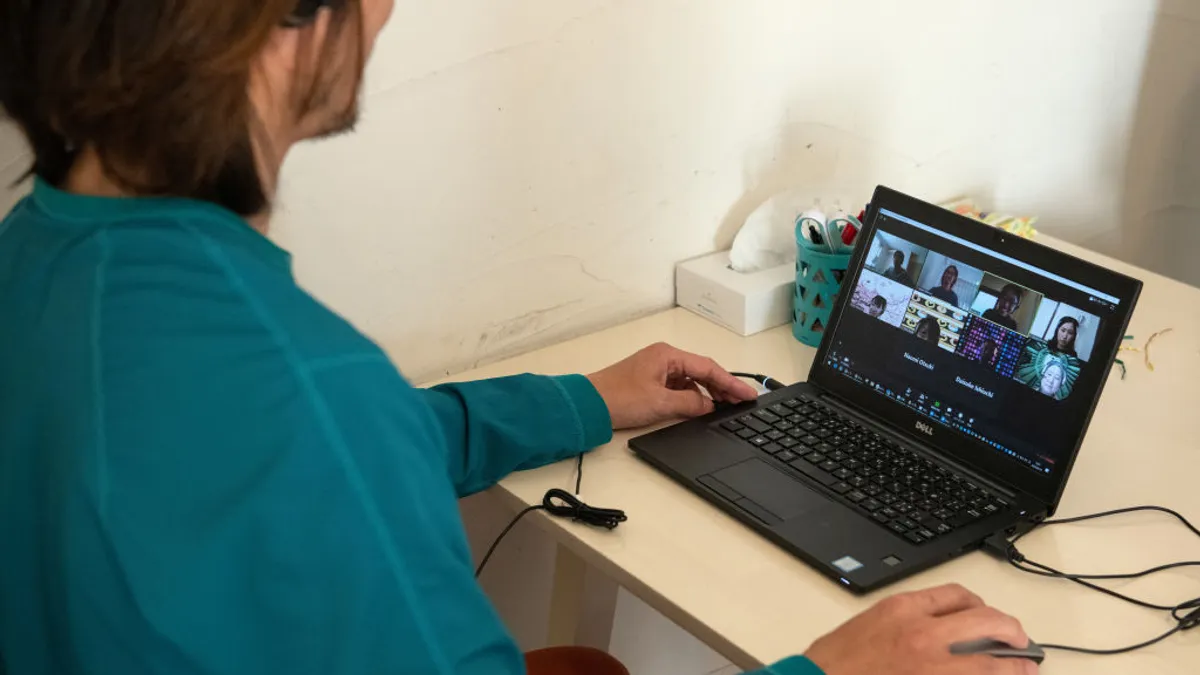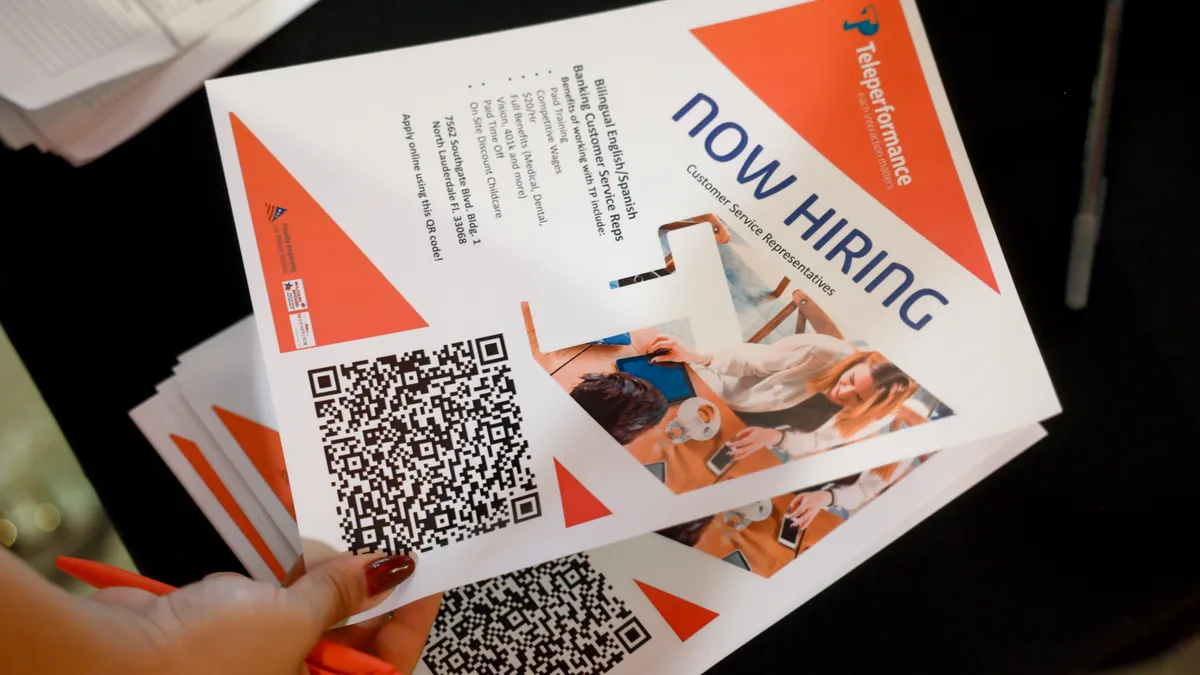Jeff Miller is the chief learning officer and VP of organizational effectiveness at Cornerstone. Views are author's own.
There's a lot to prepare for with the transition back to the physical office. Most companies are adopting a new, hybrid way of working, one made up of both remote and in-person employees. While some employees will return to the office — others aren't planning on coming back on a full-time basis, and it's more than you might think. One study found that 61% of employees have come to prefer a completely remote work environment during the pandemic. At my company, even the younger, more social employees have expressed interest in continuing to work remotely full time, even after the vaccines are distributed and our offices reopen.
This fact shocked me a bit — and worries me as well. If even the individuals who seemed to gain the most pleasure from the social and collaborative aspects of the physical workplace don't plan on returning to it, who will? And what if, six to 12 months from now, those employees decide that they do want to return to the office, but we don't have the infrastructure in place to satisfy those requests?
This uncertainty has made it difficult for my company (and others, I'm sure) to effectively plan for the hybrid workplace. So much has yet to be revealed about what it will actually look like, but there are ways for HR and business leaders to stay nimble throughout this transition: by taking a disciplined approach to experimenting with new work practices, utilizing their stated company purpose and fostering belonging every step of the way.
Making sure every new practice is changeable
The process of "embracing experimentation" has never been as free-form as the phrase implies. In fact, psychology tells us that to be truly innovative, companies have to take a disciplined approach. Without clearly defined parameters, any creative or innovative endeavor will likely fall short of its goals.
The hybrid workplace has presented companies with numerous opportunities to experiment with new practices, from flexible work schedules or the usage of office space. But what happens if these conditions change over time? Six months from now, if remote employees decide that they want to return to the office full time, or vice versa, any new workplace practices will have to change accordingly.
By establishing guidelines around how any new practice will be tested, tracked and when it should be abandoned or modified, companies ensure adaptability. They can easily embark on a new idea if it feels appropriate, but forgo or make changes to it as soon as it's clear that it's not working for employees and start working on another option.
The importance of company purpose
Today's employees are seeking workplaces with human-centered purposes, ones that connect with their beliefs and help them contribute to a common vision. When present, shared purpose can boost employee engagement and even impact a business's success — yet few have it. According to a 2020 McKinsey survey, 82% of organizations affirmed the importance of having a company purpose, but only 42% of their employees reported that it had much effect.
Without a guiding company purpose, organizations will have a harder time managing moments of great change (like the transition to a new hybrid workplace). They could end up chasing trends, and implement changes that don't match their employees' needs or preferences. But when disruption is navigated using a human-centered company purpose, employees can more easily withstand any resulting challenges because they understand the "why" behind it — or how the changes are laddering back up to the company's (and their own) purpose.
When enacting new workplace practices or rules, companies should look to use purpose whenever possible. At my organization, "life-long learning" is part of our overall company purpose and philosophy. We're using it to frame our move to hybrid work for employees, defining the transition as an opportunity to learn and grow — as individuals and a company.
Foster belonging, whenever and wherever possible
Belonging, or the feeling of connectedness within a group or community, is a fundamental human need. Studies show that our brains crave belonging in the same way we crave food, and without it, according to another study, we become depressed.
Recently, belonging has been in short supply. According to a Pew Research Center study, 65% of employees have felt less connected to their coworkers during the pandemic. But with an end in sight, employees no longer have to make exceptions for the pandemic's adverse effect on belonging. They want to start feeling a sense of connection at work again, even if they do remain remote. Without belonging, workers will likely become disengaged and leave for another company.
It is possible for companies to foster a sense of belonging with both remote and in-office employees. Begin by ensuring that all workplace practices (new and old) recognize and reward employees fairly. Then, look for equitable ways to continuously celebrate employees and help them grow in their careers — in the office or from afar. Here, an audit of a company's current HR practices and career development programs can help identify areas where managers aren't fostering belonging, or which processes and policies act as barriers to it.
Approaching the unknown, confidently
As companies transition to hybrid work, they will face a myriad of issues. And for each, there is no one-size-fits-all solution. But by establishing guardrails around how every new effort or initiative will be approached, companies can create order amid uncertainty. Company purpose can help in this same way, and be used as a guiding light in precarious situations. And lastly, prioritizing belonging and fostering it wherever possible during this difficult transition will help companies protect their most important asset: their employees.




















